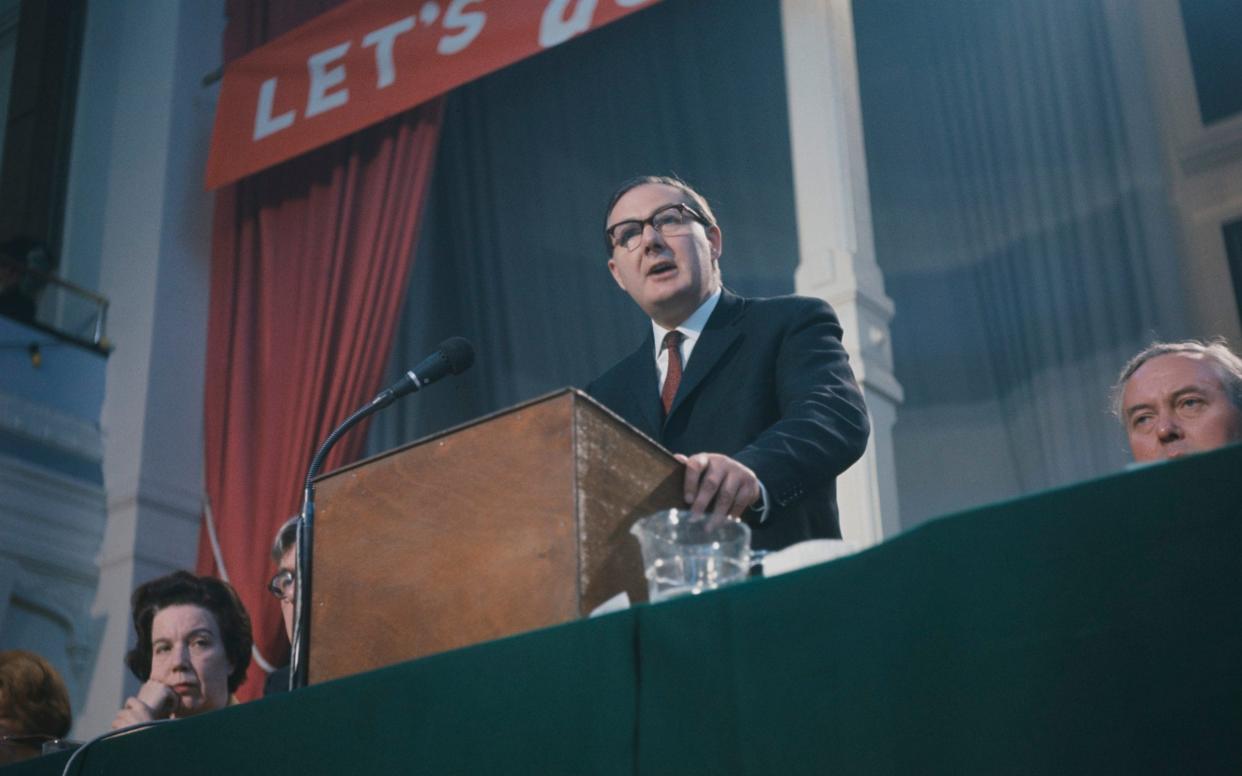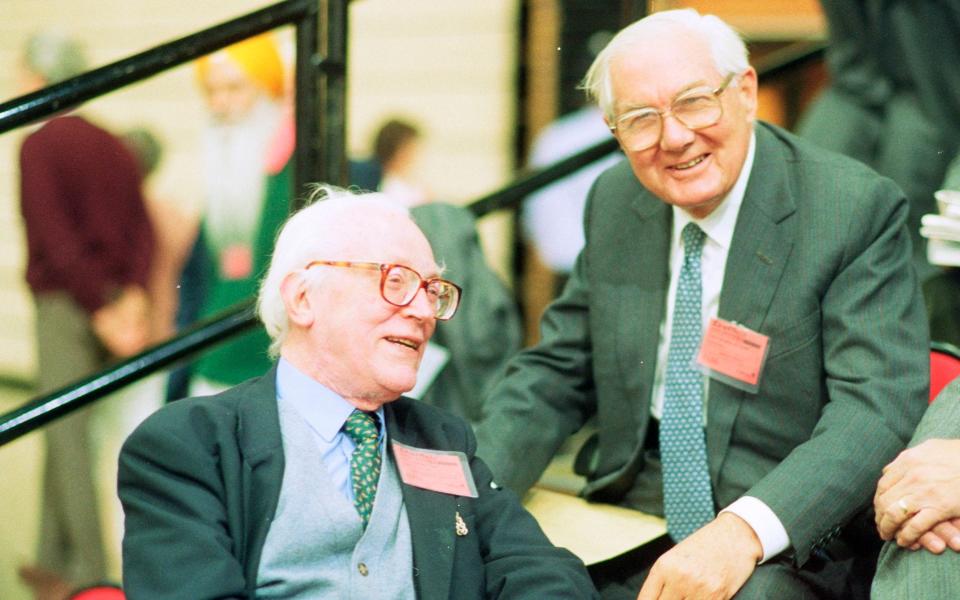Was ‘Sunny Jim’ really such a disastrous PM?

James Callaghan – widely known as Sunny Jim, though his disposition was often far from sunny – was Old Labour’s last prime minister from 1976 to 1979, and the only politician to have held all four of the great offices of state – the chancellorship, Home Office, Foreign Office and the premiership. His critics alleged that he achieved nothing constructive in any of them.
His chancellorship ended with the forced and humiliating devaluation of 1967, while his premiership and his government collapsed amid the strikes of the winter of discontent in 1979. He then mistimed his departure as leader of the opposition, delaying for nearly 18 months, so depriving Denis Healey of the succession and opening the door to Michael Foot, Labour’s most disastrous leader until Jeremy Corbyn.
In Shakespeare’s Richard III, the winter of discontent was followed by a summer sun. There was to be no such sun for Labour. The general election of 1979 which brought Margaret Thatcher to power was to herald 18 years of Conservative rule, the longest period of one-party dominance since the Napoleonic wars. In the bitter words of Bernard Donoughue, head of Callaghan’s policy unit, the public sector unions put Thatcher into Downing Street and she then proceeded to thank them in her own individual way.
The official life of Callaghan by Kenneth Morgan, now a Labour peer, was published in 1997. Morgan, the Annigoni of Old Labour, did his best to rescue Callaghan’s reputation, skilfully deploying his palette to conceal the blemishes. Does this new collective volume, by a mixed bunch of academics and insiders, have anything to add?
Not much, must be the honest answer. Morgan’s biography was a solid study, based firmly on the archives. The Cabinet papers for the period have now been freely available for 20 years. Yet the essays on policy in James Callaghan: An Underrated Prime Minister? offer just a few uninteresting scraps from them, and rely mainly on published works by well-known authorities, such as Donoughue and the historian Peter Hennessy. They add little new.

Instead, the book offers “perspectives” by insiders such as Jonathan Aitken, the Fabian Society chairman David Lipsey and the Labour MP Austin Mitchell, who all give Callaghan the credit for good intentions. He was, they insist, an instinctive patriot determined to do his best for the country. When, in 1976, the brokers from the IMF were called in, Callaghan persuaded his Cabinet and party to accept massive spending cuts. He dominated the Commons and regularly worsted Thatcher in Prime Minister’s Questions.
But how much does that matter when weighed in the balance against the strikes of 1979, which left rubbish in the streets, a shortage of water requiring the elderly to use standpipes, hospital workers walking out without notice from the Great Ormond Street Children’s Hospital, and in Liverpool the bodies of the dead having to be stored in warehouses? One macabre critic asked whether those dead but as yet unburied might be entitled to postal votes.
Nor was the breakdown of 1979 an unlucky accident, for Callaghan was the architect of his own misfortunes. The most perceptive chapter in the book is the vignette by Polly Toynbee, showing how his 1969 demolition, as keeper of the cloth cap, of proposals by Harold Wilson and Barbara Castle to contain trade union power rebounded on him 10 years later. How different the politics of the Seventies would have been had they succeeded.
Callaghan, Michael Foot once said, did “everything on purpose”. A thoroughly professional politician, he planned his ascent to the top. The trouble was that he had little idea what to do once he got there.
The Bennite Left of the Labour Party wanted to emasculate the private sector through planning agreements while insulating the economy through import controls and controls on the export of capital – madcap, but a strategy. The Labour Right, represented by Callaghan, had no strategy at all.
Callaghan was, as Dominic Sandbrook points out, deeply conservative. Steady as she goes was the motto of the former naval officer, useful no doubt in calm seas but the last thing that Britain needed in the turbulent Seventies with unemployment rising, inflation reaching 26 per cent in 1975 and the trade unions exerting a stranglehold over the country.
What Britain required was not merely a different government but a different regime. She duly got it when Thatcher entered Downing Street.
Labour under Callaghan had no answer to the breakdown of Keynesianism and the failure of state planning. So while, at the end of the 19th century, a leading Liberal minister had declared, “We are all socialists now,” Labour could return to power only when Tony Blair was able to assure the country, “We are none of us socialists now.”
The failures of the Callaghan government led to a massive reaction against the state and all its works, a reaction which has lasted 40 years – although, with Covid, it may now be coming to an end.
Vernon Bogdanor’s latest book, Britain and Europe in a Troubled World, is published by Yale

